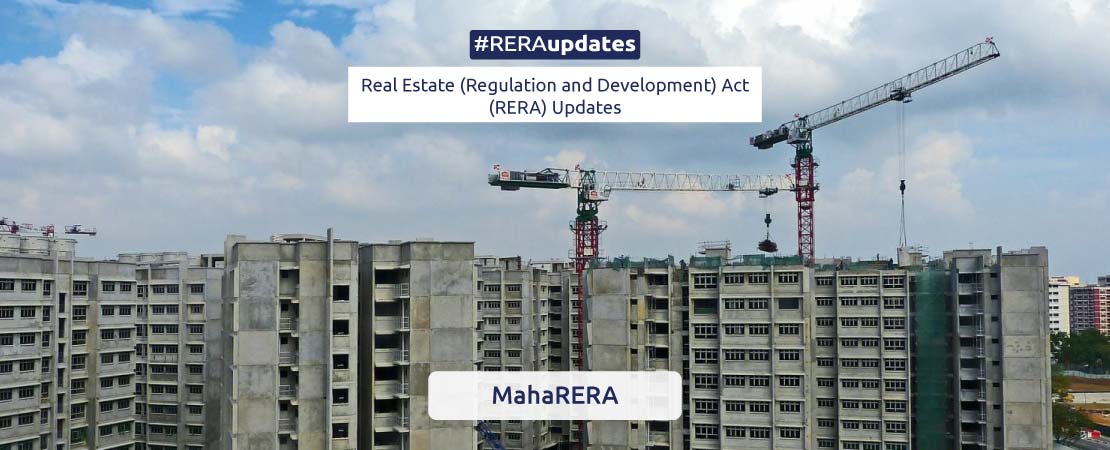
Around 16 housing projects under MahaRERA scanner
Pune
The Maharashtra Real Estate Regulatory Authority (MahaRERA) has placed 16 registered projects under the scanner for non-completion by developers who claimed to have gone bankrupt.
Complaints against these projects have been received mainly from Pune, Mumbai, and Thane, said the authorities. A hearing will be given to these developers, following which they will have to revert within a month or their registration will be revoked under section 7 of the MahaRERA Act, officials said.
In all, 70 complaints have been received from members of the homebuyers’ association against these 16 projects.
The regulatory body had said that homebuyers should form associations and lodge complaints against promoters under section 7 of the MahaRERA Act.
The MahaRERA authorities told TOI that several complaints have been received against these projects and the standard operating procedures (SOP) were put in place for revoking their RERA registration.
Under SOP, homebuyers can form association and lodge a complaint under section 7 of the MahaRERA Act, demanding that the registration be revoked and a new developer be appointed with the help of MahaRERA officials.
“The complaints have been received mainly from Mumbai, Pune and Thane against these projects. The MahaRERA will decide on the projects that have been shelved due to bankruptcy. For each of the registered complaint, hearing has been given to banks and homebuyers’ association and they have been asked to check on the projects’ feasibility,’’ stated officials.’ As per the SOP, the developers will get a month’s notice to arrange for money to complete the projects. If they fail to do so, the homebuyers’ association can appoint another developer or they can complete it themselves.
Citizens who have been issued MahaRERA orders but are awaiting implementation stated that the SOP would help to take the projects ahead if the association members work together. “There is very slow implementation of MahaRERA orders and the SOP should help,’’ said an affected citizen.
Developers, however, feel that the one-month window is too short a time and they should be given more time, especially, when a developer has gone bankrupt, they said.
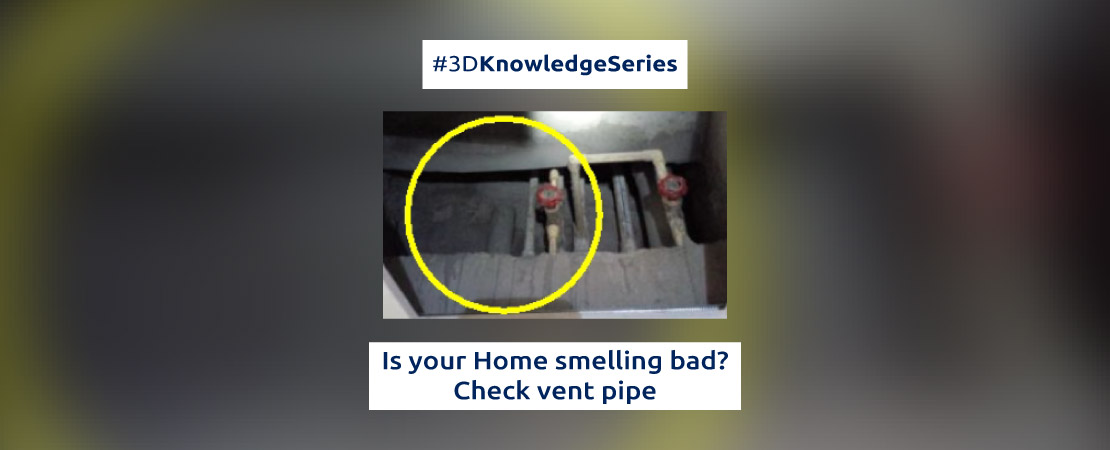
Is your Home smelling bad? Check vent pipe
Detect Issues
WC vent pipe terminated inside false ceiling.

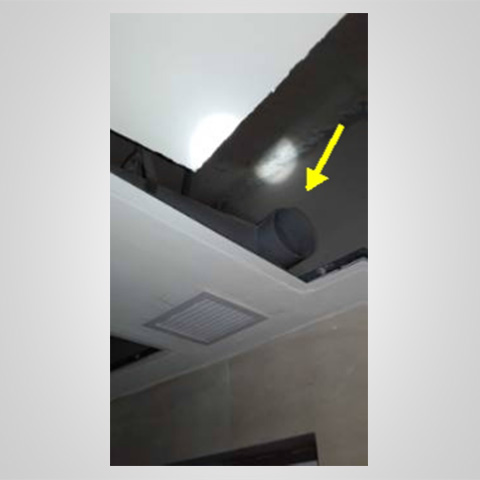
Describe Issues
As WC vent pipe is terminated inside false ceiling, it will spread fowl smell inside the unit & surrounding area. If not rectified, it will create unhealthy & unhygienic condition for residents.
Direct Solutions
We recommend extending the pipe above roof level in open to air environment.
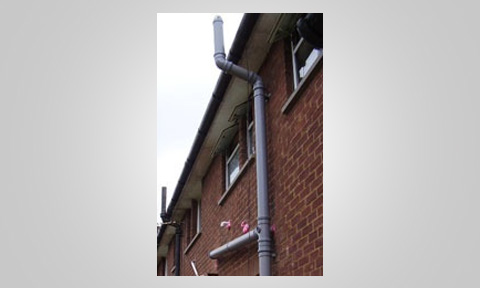
MACJ-ABCHI at CII Invest Bengal Conclave, 2019 | ITC Royal Bengal!
MACJ – A Buyer’s Choice Home Inspections has been nominated among the Top 12 Startups Companies from West Bengal, and has been invited to participate at CII Invest Bengal Conclave, 2019, at ITC Royal Bengal. Where Mr. Mahendra Sureka, Founder – CEO, represented the Company and introduced Professional Home Inspection Services to the Panelist and audience present at the Event.

Centre to tell Maharashtra to bring unregistered projects under MahaRERA
Pune
The Union minister of housing and urban affairs on Sunday said he would tell the state government’s housing department to look into bringing the unregistered projects under the Maharashtra Real Estate Regulatory Authority’s ambit.
Hardeep Singh Puri, the Union minister of housing and urban affairs, said he would be writing to Maharashtra chief minister and the Maharashtra Real Estate Regulatory Authority (MahaRERA) within the next fortnight to do the needful.
He made the commitment after hearing Shirish Deshpande, the chairman of Mumbai Grahak Panchayat — the Maharashtra consumers’ forum — in a meeting of the ministry of housing and urban affairs in Delhi.
The meeting was held under the chairmanship of Union finance minister, Nirmala Sitharaman, to discuss various issues concerning the real estate sector and the steps to be taken to strengthen it.
Deshpande told TOI that Section 4 (2)[c] of Real Estate Regulatory Authority Act requiring builders to produce sanctioned building plan and commencement certificate for registration was not mandatory in nature. This was also put forth by Madhya Pradesh RERA chief and RERA chiefs of other states too echoed it, he said.
Against this backdrop, Deshpande expressed hope that there was no need to amend Section 4 (2) [c] and projects could be registered with RERA without those certificates. “This will bring a huge number of unregistered projects under the ambit of MahaRERA,” he said.
Another participating member said the act clearly stated that if any project had not received completion certificate in 2017, when the act came into force, it would come under RERA irrespective of registration. “If any such projects are not registered, they would have to be registered and if it is not it is the duty of the authority to ensure registration,” said an activist.
Consumers have been approaching MahaRERA for registered projects so far.
The state consumers’ forum also put forth the delay in bringing redevelopment projects under MahaRERA. The state real estate regulatory authority has proposed an amendment to the existing rules to bring the rehabilitation and sale components of redevelopment projects under the ambit of the Real Estate (Regulation and Development) Act. MahaRERA has sent a letter to chief minister Devendra Fadnavis for his approval to the amendment proposal.
Shirish Deshpande, the chairman of Mumbai Grahak Panchayat, said rules would have to be amended to consider any redevelopment project as “a whole project.”
The components related to the rehabilitation for the owners and sale are now accounted separately.
The developers now register only the sale component.
It will bring all redevelopment projects, with the rehabilitation components, under RERA.

Check gasket at window of your home
Detect Issues
Rubber gasket is incomplete at window panel.


Describe Issues
Gasket are used for covering the area between the window panel and frame to seal against wind, rain and other adverse weather conditions that may affect the function of the window. If not rectified, can create a path for unwanted water seepage. This will cause moisture related problems in the unit & also add extra cost and time factor for repairs.
Direct Solutions
We recommend replacing with full size gasket.

Leakage/ Seepage Mystery Solved at Basement of a Big Departmental Store!
One of the Leading Retail Chain of Departmental Store at Kolkata was having Severe Damp / Leakage / Seepage Problem. The Source couldn’t be traced easily and the seepage was effecting the Basement parking Area. Witness how Team MACJ reached to the root cause of the leakage using Infrared Thermal Imaging Technology and solve the Mystery. MACJ suggested the best possible Solution with Low Cost, Least Destruction & Long Lasting Results.

Madhya Pradesh RERA proposes modification in rules
Bhopal
To ensure that its orders are implemented without any delay, the Real Estate Regulatory Authority (RERA), Madhya Pradesh, has proposed a modification in the rules. If the government gives its nod, MP would be the first state in the country to do so.
According to sources, RERA has suggested appointment of a district judge level officer as an executing officer with the powers of the civil court as well as revenue court. The proposed tweak will require a modification in state RERA rules 27 and 28 that deal with recovery of interest; penalty and compensation; implementing the orders; directions and decisions of the authority.
RERA chairman Anthony de Sa said the proposal has already been sent to the government. Prior to sending the proposal in black and white, the proposal was discussed with the state government. The government has shown its willingness to do so, said sources.
Once the proposed modifications are done, orders of RERA would be implemented more effectively and bring in respite to both buyers and builders, de Sa added.
As per the existing set up, if RERA passes an order and the party concerned is unwilling to accept it, RERA takes up the matter in civil court. Odds are that the matter may get delayed in legal procedures.
On the other hand, if the authority has an executing officer — with the powers of the civil and revenue court — it can settle the grievance at its level.
The case disposal rate of RERA is around 70 per cent. Out of the 3,300 complaints that RERA received so far, 2,200 have already been disposed, while 1,000 are pending. Out of the total disposed cases, 85 per cent went in favour of allottees, while the remaining 15 per cent went in favour of builders. Complaints from Bhopal and Indore account for 60 per cent of the total, while the number of projects registered with RERA is around 2,200.
According to officials, the need for an executing officer was felt in around 300 cases. The number may not be huge, but to ensure all its orders are executed in their true spirit, modification is needed in the rules, the officials added.
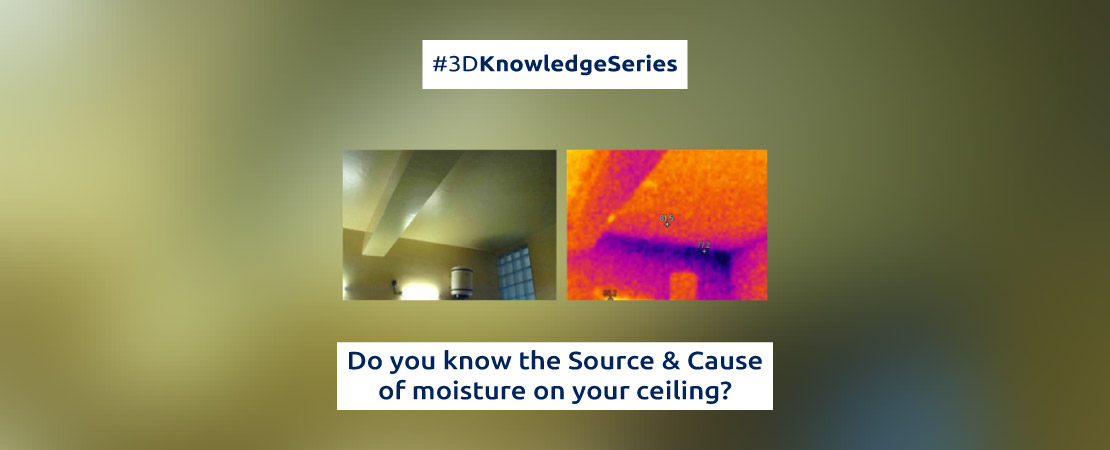
Do you know the Source & Cause of moisture on your ceiling?
Detect Issues
Presence of moisture at ceiling surface.

Describe Issues
As seen by infrared image flow of moisture noted from ceiling mid span towards wall. This moisture has originated from entrapped moisture under hollow roof tile surface which has intruded through the gap at tile joints in the adjacent roof area. If not rectified, hollowness can further lead to cracked tiles. Can lead to further problems in other associated or attached areas like damp/ seepage issues, will increase maintenance cost and create hassles for residents.
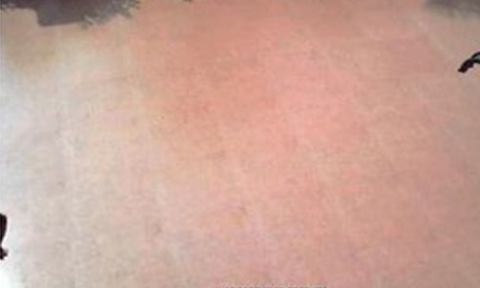
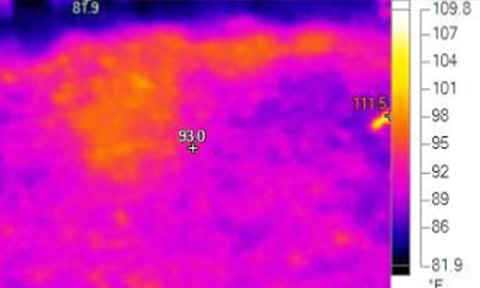
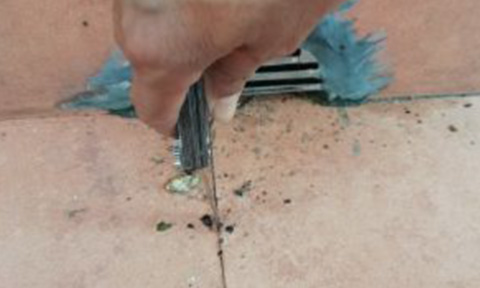
Direct Solutions
We recommend:
Step 1 – Tiles joint cutting with a suitable tool.
Step 2 – Preparation & pouring of high viscosity cement grout & adequate vibration to be made on floor tile with a rubber hammer during pouring.
Step 3 – Tile joint to be sealed with pigmented flexible tile grout.
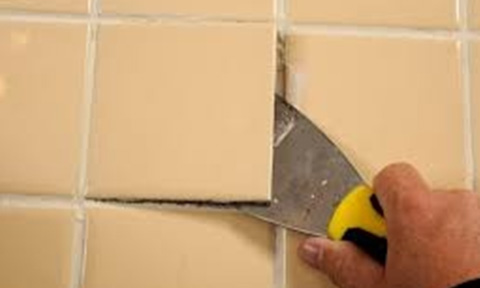

Setting AC to ‘Dry Mode’ Reduces Excess Indoor Humidity
The ultimate mantra of healthy home maintenance is: “Say Goodbye to Excess Moisture.” The more humid it is inside a house, the worse it gets for you to live in it. However, in India, if you are not living in a place such as Indore, Kota, or New Delhi where the annual average humidity1 levels are the lowest you are likely to find it challenging to keep the excess moisture in your home under control. It is more or less sultry throughout the year with the condition in some places getting even worse during monsoons. An appliance such as dehumidifier can bring you some relief in these scenarios.
Known for eliminating excess moisture from the indoor air, a dehumidifier can be a real Messiah in those unbearable, sweaty days but then, it is not that popular in India yet. Not everyone has a dehumidifier at home. If you are one of them, do not worry. Find out if your air conditioning system has a dry mode of operation. When it is too humid outside and you are sweating sitting under the fan, even on a rainy day, just turn the feature on and see what magical job it does!

What is the Dry mode in an AC?
Dry mode is a special function in the air conditioning system which when used, keeps the room atmosphere dry. The normal function of an AC is to cool the air in an enclosed area so that the temperature of that space is lower than the outside temperature. It does so via a refrigeration cycle in which warm air (containing moisture) is removed and replaced with cooled air. So, it does remove some amount of moisture as part of its normal functioning but during monsoon, when the humidity level is too high, the ‘dry’ mode categorically removes excess moisture from the indoor air making it all the more dry and fresh.
To ensure maximum dehumidification in dry mode, operate your AC at temperatures either lower or higher than the set one.
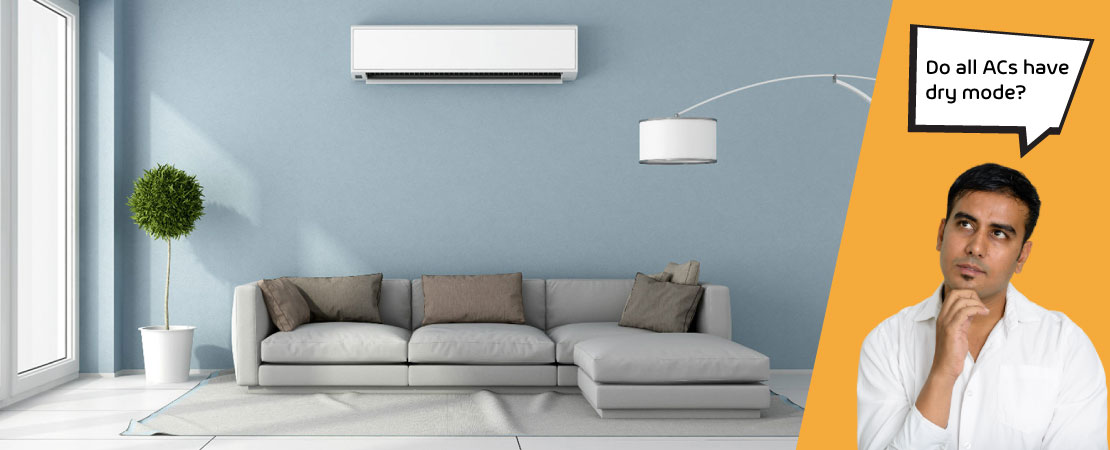
Do all ACs have dry mode?
No. The dry function is not a common feature of all air conditioners. Only a few brands have introduced it in their products. This mode allows the air conditioner to blow out cool air inside the room in a restrained manner as its main intent is to dry the air laden with moisture and not to lower the temperature of the room.
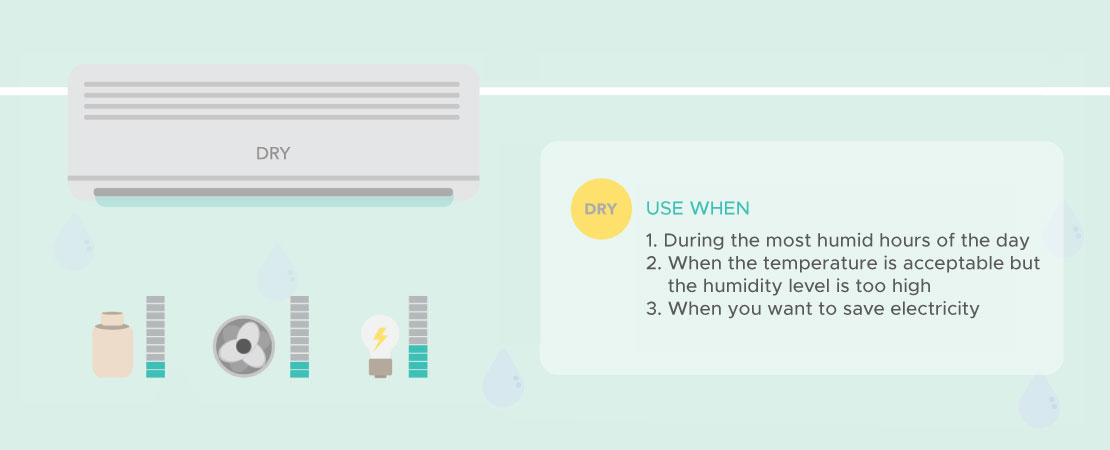
What is the right time to use dry mode?
In India, during the rainy season, when the average daily humidity in most parts of the country is above 70-80%, just removing the extra moisture from indoor air provides a lot of comforts. It is the ideal time for running the AC in dry mode. Besides, you can use the function in the following conditions:
- During the most humid hours of the day
- When the temperature is acceptable but the humidity level is too high
- When you want to save electricity

How does dry mode in air conditioner work?
In dry mode, the air conditioning system sucks the moisture out of the indoor air, keeping the room temperature at a comfortable level. The hot and humid air is taken into the unit and dried on the evaporator. Then it is again released into the room as dry air. However, the dry mode does not eliminate all moisture from the room. It keeps the room atmosphere relatively comfortable with 60% of humidity.
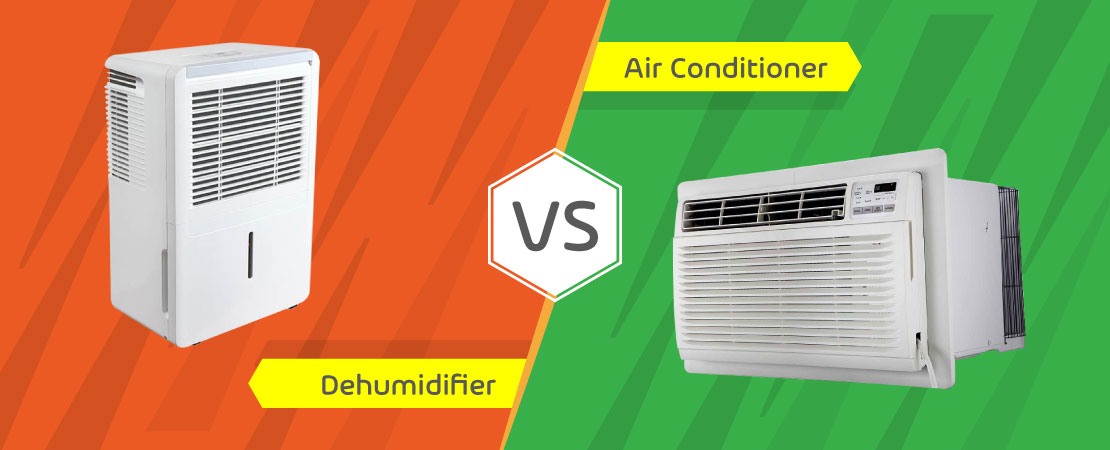
Do dehumidifiers and dry mode in AC working the same way?
There is a belief that air conditioners on dry mode work just the same way as dehumidifies but make no mistake, the functionality of the two appliances are quite different. Both reduce indoor humidity but in different ways. Dehumidifiers are specialized appliances which are used in cold and damp regions where excess humidity is found to cause major structural damages. It is undoubtedly the best home appliance for moisture control and water damage restoration.
An air conditioner on dry mode, on the other hand, ensures lower levels of moisture in a room while keeping the room temperature at a comfortable level. As stated earlier, it does not eliminate all the moisture from the air. The fan inside the AC unit runs at a lower speed and the compressor is on only for short durations in large cycles just to remove excess humidity or marginal humidity. Thanks to the low fan speed and shorter duration of compressor operation, the AC dry mode also saves electricity2 significantly unlike a full-powered dehumidifier which completely dehumidifies a room but consumes a lot of power in return. Using air conditioners on dry mode, hence, can save you up to30-50% of energy.
Is it really important that you use either a dehumidifier or an AC with dry mode in your home?
Dehumidifier and dry mode in air conditioner3 are two different things. The first one is a machine while the second one is a particular function of a machine. They cannot replace each other completely. But air conditioner with dry mode can certainly be an alternative of dehumidifier within a limited scope. If your home suffers from excess moisture problem, monsoon or no monsoon, and there is no dehumidifier to remove it, you can surely put your air conditioner on dry mode to enjoy an almost similar level of comfort.
It is okay if you do not have a dehumidifier or dry mode option in your air conditioner as long as moisture intrusion is not a problem in your home. Mind you, dampness not only affects the structural integrity of a house and devalues it by destroying its aesthetics but also brings along several chronic health problems. A damp house becomes a thriving spot for dust mites and other allergens which causes diseases like bronchitis, sinusitis, asthma, and skin rashes etc. Dampness welcomes water damage, decay, and many other household hazards which become recurring cost points for you and completely ruins ones mental peace.
Know it here why excess moisture is considered as a threat to your home.

Choose your Appliance wisely
India is experiencing significant climate change. You can feel the humidity rising across the country at an alarming rate and so is the average daily temperature. Indian houses are not built to withstand the effects of these changed weather conditions. To live comfortably in your house, you need to think of ways that are both pro-health as well as economical. Since dehumidifiers are yet to become popular in this part of the world and air conditioners are still our go-to appliance for controlling indoor heat and humidity, you must buy the latter with advanced functionality. Be wise appliance-wise because technology is a key driver in making healthy lifestyle choices.
Reference links used:
1. https://www.currentresults.com/Weather/India/humidity-annual.php
2. https://www.bijlibachao.com/air-conditioners/various-modes-for-running-air-conditioners-and-their-impact-on-electricity-bill.html
3. https://aerindustries.com/blog/2019/02/06/dehumidifier-vs-air-conditioner/
